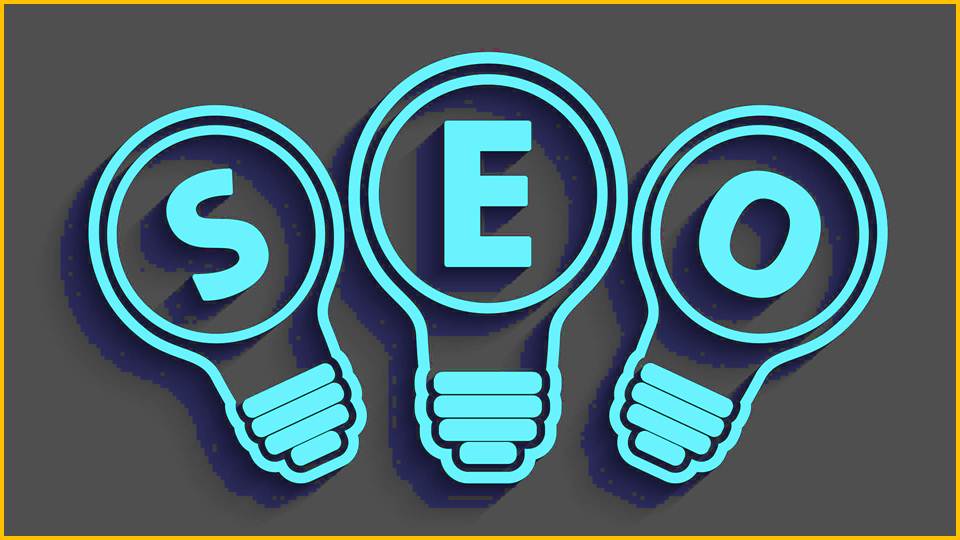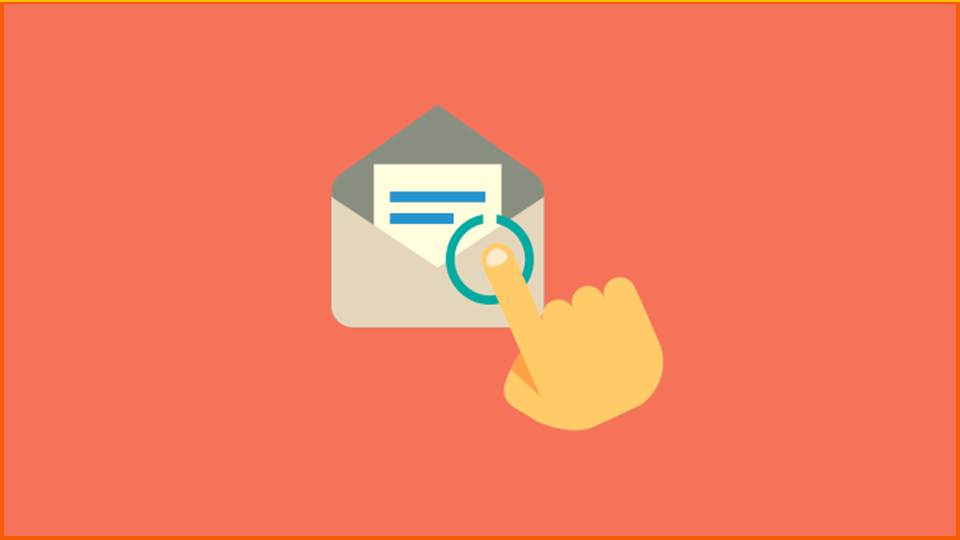What is the purpose of Content Planning? Is it really necessary for my website? Those are both great questions and as a top web design company, we wanted to share our thoughts on the subject. While many people may consider this an organizational tool, there is actually much more to it.
It’s all about familiarity
Familiarity is an important concept when it comes to conversions. There is a common psychological effect that takes place at the subconscious level where people develop a preference for things they see more often. This is called the fame principle and has been effectively used to increase the number of conversions. So it starts with the content that leads to exposure as people become more connected to your company and brand through the content. That familiarity, in turn, leads to trust, which is another important aspect of getting conversions. That confidence leads to more conversions, which in turn equals more income. Looking at conversions from this perspective, it makes more sense why you want to prioritize content scheduling to ensure your content is consistent and creates awareness.
Content is multifunctional
For many, the idea of content is related to customer acquisition. This is especially true at B2B level, where many buyers will view multiple pieces of content before contacting a sales representative. Of course it plays a big role for B2C companies and content can arouse interest where it didn’t exist before. Content is also extremely valuable for customer loyalty. It can be used to further stimulate customers or to make additional purchases with other products and services offered.
What does Content Planning fit into?
If your goals include creating awareness, acquiring customers, and increasing conversions, you should use content planning to achieve those goals. While some people may prefer to do it, business is more efficient and produces better results when you take the time to plan how to get from point A to point D.
A goal without a plan is just a wish. Antoine de Saint-Exupery Make no mistake about it; good content planning is a multi-step process. You might think, “How do I get time to create content while spending so much time planning it?”
Relax because that is a common misconception. The planning phase is really not that difficult once you have mastered the process. Then it just becomes the next step in your overall operation.
Content planning 101
Set the goal – Setting the goal is the first part of the process. Without a starting point to work from, you run around like a chicken cut off. Are you looking for new leads? Are you trying to entice former customers to make new purchases? It is important to have a clear goal so that you can do it then send the later steps with better focus.
Do research – This step is very important, but is overlooked by many companies. You must investigate the competition, non-competitive companies within the industry and your own website to ensure that your current content efforts are unique or at least improve on previous content. Don’t forget to focus on the user and his or her needs, not just business goals, when doing research.
Determine the best approach – Ideally, create content for different user characters at different stages of the sales funnel. What is the best approach is it going to be anyway? Tailor your content to the situation.
Overview formats – There are different formats for content from blogs to case studies to videos. Check out the different formats that work best with regard to users you are trying to reach, then select only the users who perform best.
Include a content calendar – Content calendars are a very important part of content planning. It helps to know what is produced when and for what purpose target. For larger companies that regularly produce a variety of content, it is vital that everyone knows what is being done. You don’t have that way overlapping with regard to topics, content or even point of view within a topic.
Develop content – Finally! The actual creation of content takes place at the right time, so that it is ready for distribution on the intended date.
Distribute content – After creation, the content still needs to be properly distributed to reach the target audience. This phase is as important as development for if it never comes to the people it should stand for, then your efforts will have been in vain. You should be as part of the overall process know which platforms are distributing content and how to notify people of content posting.
Analyze Results – Last but not least, time should be taken to analyze your work. Ideally, you would have set benchmark numbers beforehand and now you can view analytics so see if you have achieved goals or not, along with looking for areas to improve.
The bottom line The bottom line is that simply producing more and more content is not the most effective way to achieve marketing or sales goals. The purpose of content planning is help to focus on the right steps necessary for the development and distribution of content that resonates with users and subsequently achieves goals. Fail to this usually leads to poor results. It is the difference between a sharpshooter that consistently hits the mark and a spray-and-pray method that only occasionally produces results.




